For Product Registration and general enquires please contact us
Red Spear
$9.99 – $139.99
Leave some space in your garden for this early purple sprouting broccoli. These extremely cold-hardy biennial plants grow over the winter months ready for early spring harvest.
Shipping & Returns
West Coast Seeds ships anywhere in North America. However, we are not able to ship garlic, potatoes, asparagus crowns, bulbs, onion sets, Mason bee cocoons, or nematodes outside of Canada. We regret, we cannot accept returns or damages for orders outside of Canada. The minimum shipping charge to the US is $9.99.
Description
More details about Red Spear
Leave some space in your garden for this early purple sprouting broccoli. These extremely cold-hardy biennial plants grow over the winter months ready for early spring harvest. Purple sprouting broccoli provide very small, sweet purple flowering shoots in the spring. The tall plants from Red Spear broccoli seeds are very generous with small side-shoots for many weeks. Sow in late summer for February to March harvest. Steam or enjoy the stems and flower heads raw. They are also very nice in stir-fried dishes and soups. Purple sprouting broccoli has been hugely popular with UK gardeners, and is now seeing a rise of interest in North America. Winner of the RHS Award of Garden Merit. Matures in 7 months. (Open-pollinated seeds)-
- Small, sweet purple flower shoots
- Tall plants are very generous
- Extremely cold-hardy biennial
- Open-pollinated seeds
- Matures in 7 months
All About Red Spear
Latin
Brassica oleraceae var. italica
Family: Brassicaceae
Difficulty
Moderately challenging
Season & Zone
Season: Cool season
Exposure: Full-sun
Timing
Start indoors right around the last frost date or later in spring for summer harvest in 2 to 3 months. For fall harvest, start indoors late spring and transplant in July, harvesting just before the first frost date. For overwintering sprouting broccoli in mild winter areas, start indoors late March to mid-April, and harvest the following February to May. Seeds will germinate in 7-10 days. Optimal temperature for germination: 10-30°C (50-85°F).
Starting
Sow indoors, 3 or 4 seeds per pot, 5mm (¼”) deep, under very bright light. Thin to the strongest plant. Space transplants 45-60cm (18-24″) apart in rows 75-90cm (30-36″) apart.
Days to Maturity
From transplant date.
Growing
Ideal pH: 6.0-6.8. Broccoli is a moderate to heavy feeder that does best in humus-rich soil amended with composted manure. Mix ¼-½ cup complete organic fertilizer into the soil under each transplant. Transplants should be set out by the time they have 6-8 true leaves. When plants are 20-25cm (8-10″) tall, push soil around the stems up to the first big leaf to encourage side shoots. Broccoli does best in cool weather.
Harvest
Cut the crown portion of the broccoli with 5 to 6 inches of stem, after it’s fully developed, but before it begins to loosen and separate and the individual flowers start to develop into bright yellow blooms. Removing the central head stimulates regrowth to develop for later pickings. Cutting the head lower on the stem will encourage fewer, but larger side-shoots. The regrowth portion grows from the base of the lower leaves. You can usually continue to harvest broccoli for several weeks.
Seed Info
In optimum conditions at least 80% of seeds will germinate. Usual seed life: 3 years. Per 100′ row: 170 seeds, per acre: 30M seeds.
Diseases & Pests
Slugs and snails – Slugs are attracted to beer, so place a little beer in a cup dug into the ground. Sprinkle broken eggshells around plants to deter slugs and snails.
Flea beetles – Use row covers to help protect plants from early damage. Put in place at planting and remove before temperatures get too hot in midsummer. Control weeds.
Cabbage root maggot – White maggots (larvae) attack all plants of the cabbage family. Larvae tunnel in and feed on roots of plants. Damage causes wilting early on, death of plants a little later on.
Cabbage aphids – A hard stream of water can be used to remove aphids from plants. Wash off with water occasionally as needed early in the day. Check for evidence of natural enemies such as grey-brown or bloated parasitized aphids and the presence of alligator-like larvae of lady beetles and lacewings.
Cabbageworms – Handpick and destroy. Row covers may be useful on small plantings to help protect plants from early damage. Put in place at planting and remove before temperatures get too hot in midsummer.
To help reduce disease, do not plant broccoli or other Brassicas in the same location more than once every three or four years.
Companion Planting
All Brassicas benefit from chamomile, dill, mint, rosemary, and sage. Avoid planting near eggplants, peppers, potatoes, or tomatoes.






How to Grow Sprouting Broccoli

Step 1: Timing
Start indoors right around the last frost date or later in spring for summer harvest in 2 to 3 months. For fall harvest, start indoors late spring and transplant in July, harvesting just before the first frost date. For overwintering sprouting broccoli in mild winter areas, start indoors late March to mid-April, and harvest the following February to May. Seeds will germinate in 7-10 days. Optimal temperature for germination: 10-30°C (50-85°F).
Step 2: Starting
Sow indoors, 3 or 4 seeds per pot, 5mm (¼”) deep, under very bright light. Thin to the strongest plant. Space transplants 45-60cm (18-24″) apart in rows 75-90cm (30-36″) apart.
Step 3: Growing
Ideal pH: 6.0-6.8. Broccoli is a moderate to heavy feeder that does best in humus-rich soil amended with composted manure. Mix ¼-½ cup complete organic fertilizer into the soil under each transplant. Transplants should be set out by the time they have 6-8 true leaves. When plants are 20-25cm (8-10″) tall, push soil around the stems up to the first big leaf to encourage side shoots. Broccoli does best in cool weather.
Step 4: Germination
Days to Maturity: From transplant date. In optimum conditions at least 80% of seeds will germinate. Usual seed life: 3 years. Per 100′ row: 170 seeds, per acre: 30M seeds.
Step 5: Harvest
Cut the crown portion of the broccoli with 5 to 6 inches of stem, after it’s fully developed, but before it begins to loosen and separate and the individual flowers start to develop into bright yellow blooms. Removing the central head stimulates regrowth to develop for later pickings. Cutting the head lower on the stem will encourage fewer, but larger side-shoots. The regrowth portion grows from the base of the lower leaves. You can usually continue to harvest broccoli for several weeks.
Tips!
Diseases & Pests: Slugs and snails – Sprinkle broken eggshells around plants to deter slugs and snails. Flea beetles – Use row covers to help protect plants from early damage. Put in place at planting and remove before temperatures get too hot in midsummer. Control weeds. Cabbage root maggot – White maggots (larvae) attack all plants of the cabbage family. Larvae tunnel in and feed on roots of plants. Damage causes wilting early on, death of plants a little later on. Cabbage aphids – A hard stream of water can be used to remove aphids from plants. Wash off with water occasionally as needed early in the day. Check for evidence of natural enemies such as grey-brown or bloated parasitized aphids and the presence of alligator-like larvae of lady beetles and lacewings. Cabbageworms – Handpick and destroy. Row covers may be useful on small plantings to help protect plants from early damage. Put in place at planting and remove before temperatures get too hot in midsummer. To help reduce disease, do not plant broccoli or other Brassicas in the same location more than once every three or four years. Companion Planting: All Brassicas benefit from chamomile, dill, mint, rosemary, and sage. Avoid planting near eggplants, peppers, potatoes, or tomatoes.Additional information
| Matures | in 7 months |
|---|---|
| Season | Cool season |
| Exposure | Full-sun |
| Quantity | 0.25g, 1g, 5g, 25g |
You must be logged in to post a review.




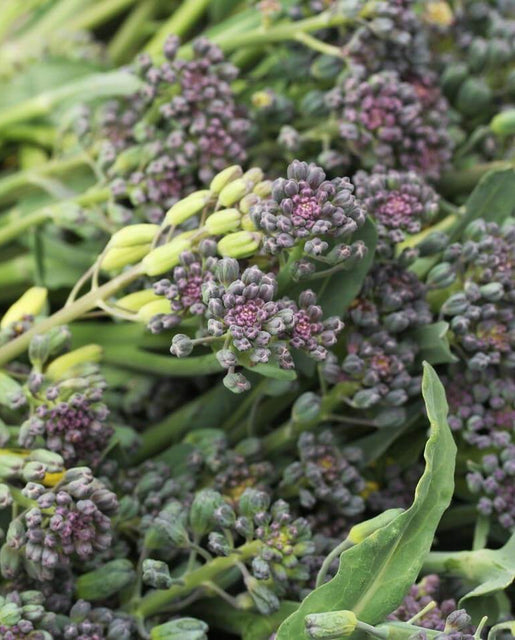
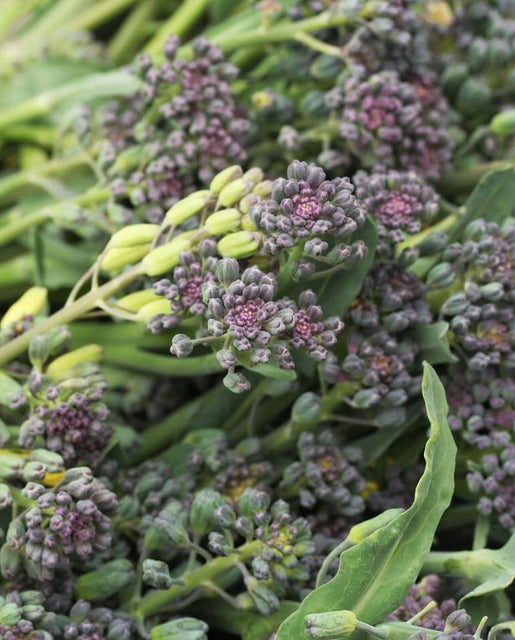
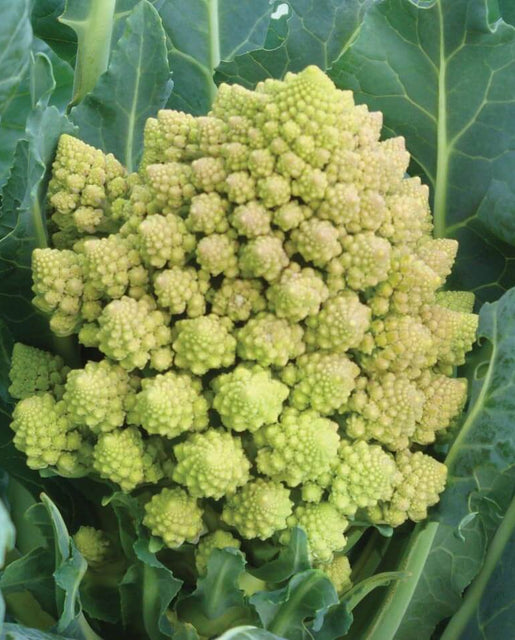
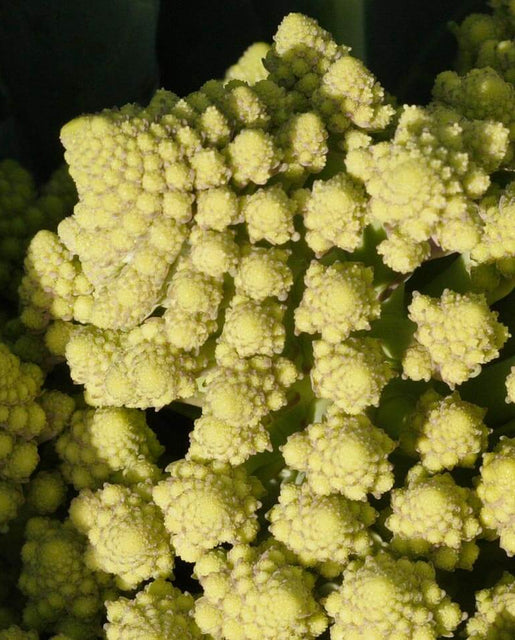
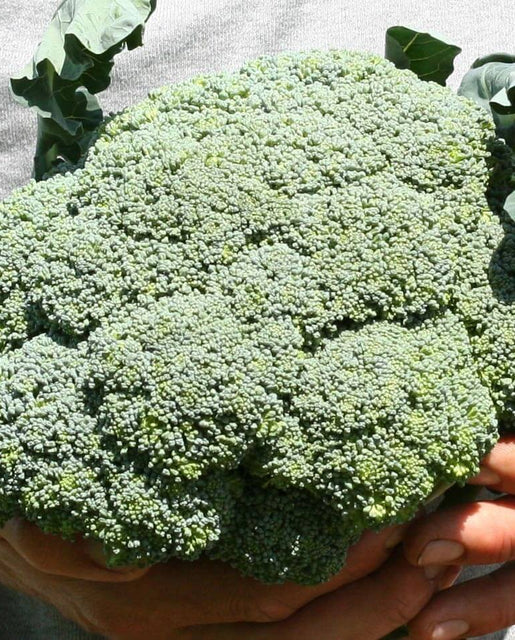
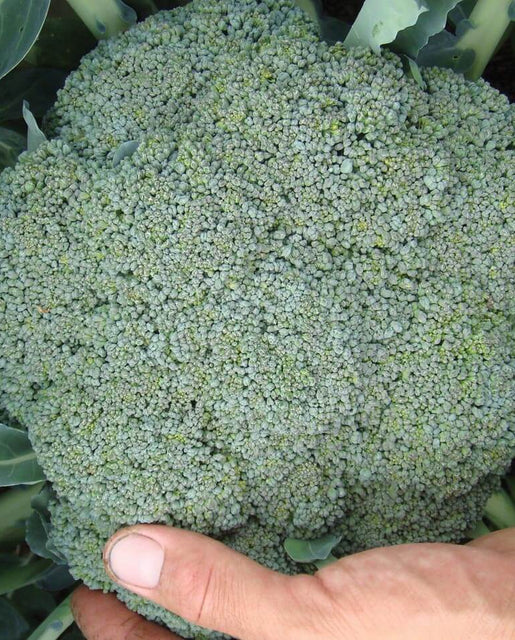
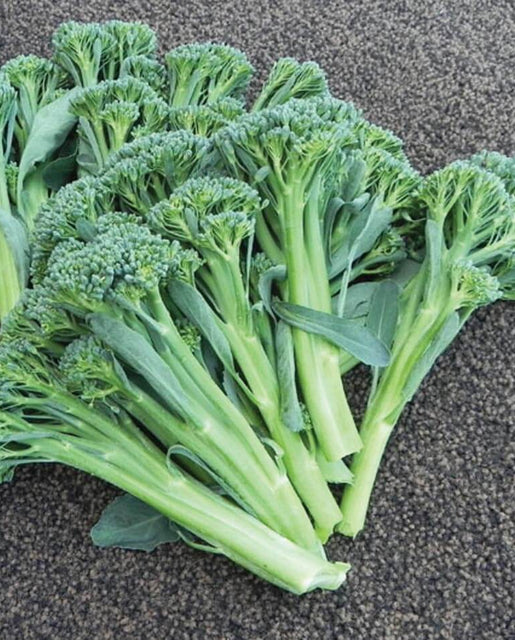




Reviews
There are no reviews yet.